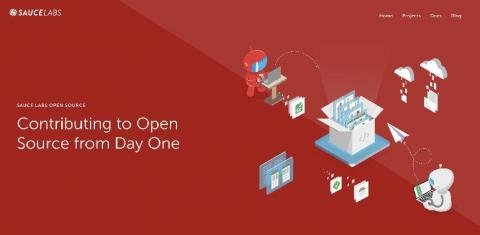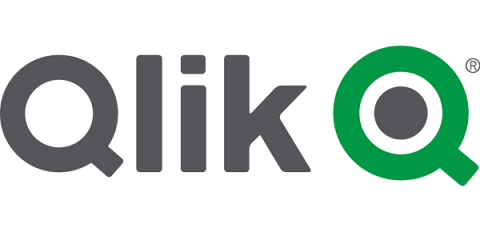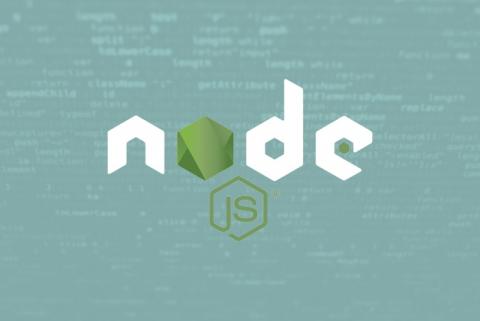The Advantages Of Live Data-Streaming In The Competitive Financial Services Sector (Part I)
Live data-streaming offers businesses exciting new opportunities to transform the way they operate, leveraging real-time insights to drive better decision making and enhance operational efficiency. To find out more about how live-streaming data might impact the sector I sat down for a chat with Dinesh Chandrasekhar, Head of Product Marketing in Cloudera’s data-in-motion Business Unit.










